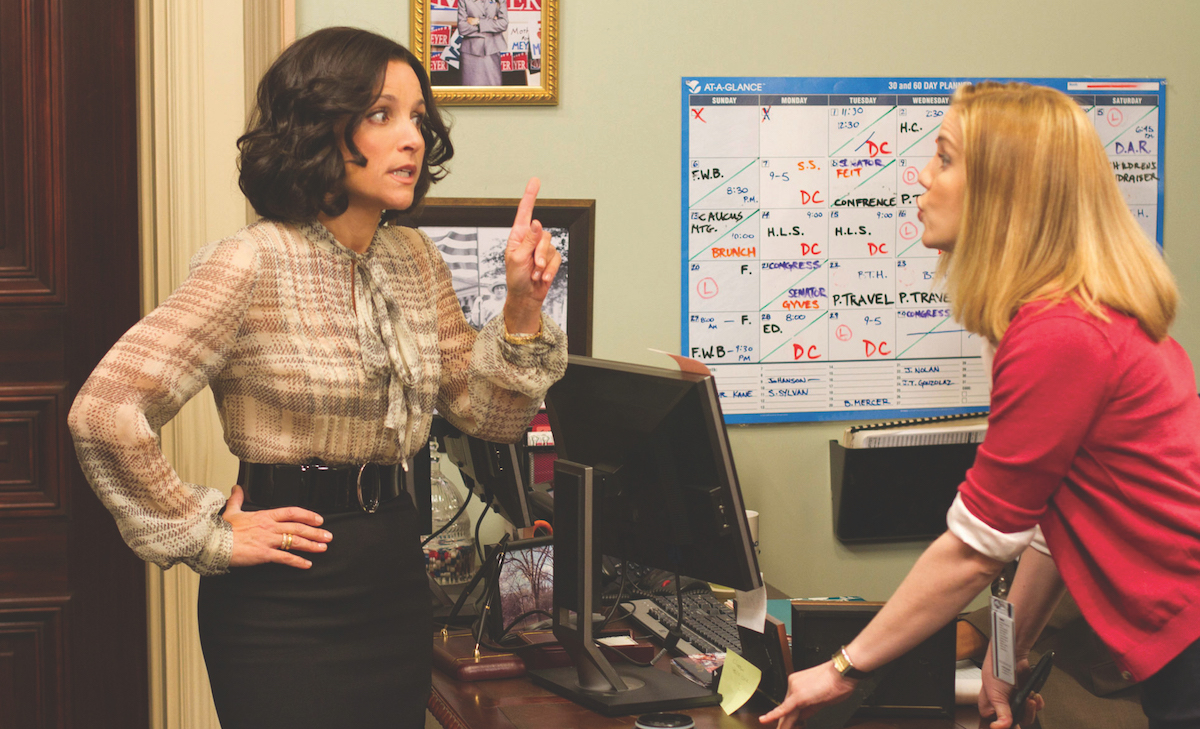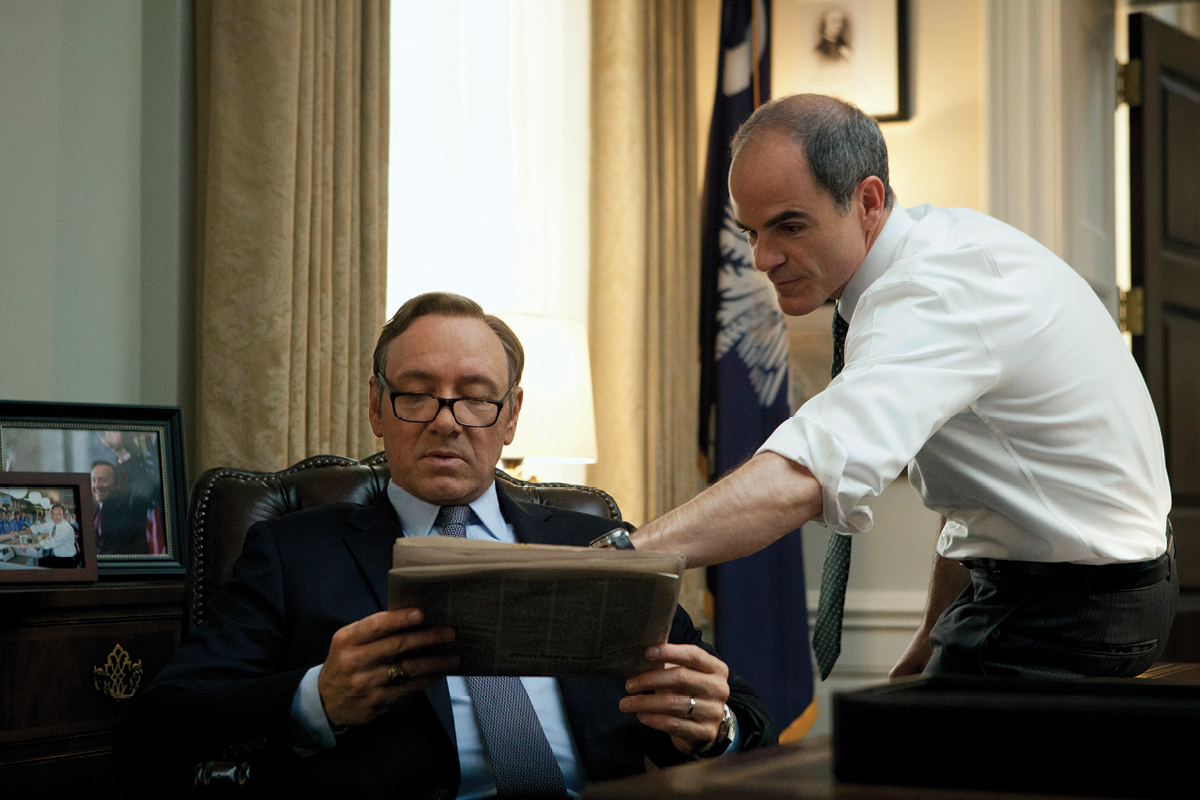The chief of staff’s time has come. Once a role serving generals, it is now seen as a foundation of leadership success, in government or in business. Washington DC is watching to see whether Donald Trump’s new chief of staff, General John Kelly, can revive a troubled presidency.
As chief of staff to former Australian prime minister Tony Abbott, the fierce gatekeeper Peta Credlin became a lightning rod for concerns about her boss. And all over Silicon Valley, chiefs of staff are suddenly managing the flows of information to and from their megastar bosses – Tesla boss Elon Musk, Facebook COO Sheryl Sandberg, venture capitalist Peter Thiel, and more. A LinkedIn search for ‘chief of staff’ now returns more than 81,000 results, the bulk of them corporate roles.
Chiefs of staff even feature in hit TV shows – professorial Leo McGarry of The West Wing, straight-shooting Amy Brookheimer in Veep, and Doug Stamper, the unemotional fixer in House of Cards.
A force multiplier
No-one can entirely define the job, because every leader has different needs. Each chief of staff is some unique combination of assistant, enforcer, administrator, counsellor and fixer. Al Chase, a Boston-based executive search specialist who has filled a number of corporate chief-of-staff roles for clients, calls the position a “force multiplier”.
When executive coach Tyler Parris published his 2015 book Chief of Staff, he subtitled it The Strategic Partner Who Will Revolutionize Your Organization, emphasising the chief of staff’s role in big-picture planning. He also describes the job as “a catch-all role”. Brisbane academic Anne Tiernan and British political scientist RAW Rhodes called their 2014 study of Australian prime ministers’ chiefs of staff ‘The Gatekeepers’, emphasising the need to buffer the leader from demands for their time.
But all analysts agree on this: the job must focus on the leader. A good chief of staff sublimates their own ego to the leader’s wants and needs. They spend their time understanding what the leader wants to happen, and then making it happen.
Gillard’s juggler
Ben Hubbard exemplifies the breed: unusually calm and easygoing, instantly likeable, yet highly organised. He worked his way up as an Australian Labor Party (ALP) political strategist to become chief of staff to Victorian premier Steve Bracks. But he really emerged in the first Rudd government, doing the job for then deputy prime minister Julia Gillard.
Under Hubbard, Gillard’s office ran with legendary smoothness. Ministers took to waiting for one of prime minister Kevin Rudd’s many foreign trips and then submitted key issues to Gillard as stand-in PM, knowing their paperwork would move smoothly and quickly through the process. Tiernan and Rhodes dubbed Hubbard “the juggler” for his ability to manage priorities.
After the chaos-weary ALP caucus made Gillard PM, she recalled Hubbard from a public sector CEO role to do the job again in 2011. He came back with a clear vision of how the job should work (see below), an understanding of Gillard’s needs, and a highly developed chief-of-staff skill set, buttressed by informal advice from former PM Bob Hawke’s much-admired chief of staff, Graham Evans.
Hubbard worked hard at making the machine run. “You become very good at knowing which questions to ask,” he says. Many of those questions centre on expectations and time lines. Hubbard also stresses the importance of not thinking you know everything: the job is to direct traffic, not steer every car.
Typical Chief Of Staff Tasks
-
Shape reports to the leader.
They typically create and run the reporting system that gives the CEO the right the information. “Chiefs of staff play the role of analyst and decision framer,” writes Tyler Parris.
-
Drive staff meetings and reviews.
Parris notes that a chief of staff will not only drive the agenda, but often conduct pre-meetings so that decisions are properly framed and as many points as possible are pre-negotiated.
-
Make external meetings efficient.
If two CEOs need to meet, for instance, their chiefs of staff will often meet first to map out areas where issues need to be explored and approaches agreed upon.
-
Hire and fire staff.
“A good part of the role is hiring the right people,” says Hubbard. And firing those who don’t fit: Trump’s chief of staff, John Kelly, delivered the bad news to sacked chief strategist Steve Bannon. Trump is just one of many leaders to use the chief of staff for sackings.
-
Stand in for the boss.
The chief of staff may have to tell people what the leader would want – even when they don’t even know for sure the leader’s view. Such calls demand the chief of staff has deep insight into the leader’s thought patterns; Hubbard found such decisions the hardest part of the job.
-
Communicate.
Scott Amenta, chief of staff at New York mobile shopping start-up Spring, emphasises the importance of spreading the CEO’s vision and intent out across the business.
-
Track initiatives and stay in contact with the people carrying them out.
Often the chief of staff will drive special business projects, say Parris and other corporate experts.
Control the gate. Everyone wants time with the leader; chiefs of staff determine who gets it.
The leader matters
The chief of staff role always works best with a leader who understands its value. The very first civilian chief of staff, Sherman Adams, was an expert political campaigner called to the role by US president and former general Dwight D Eisenhower, who modelled the position on similar military positions. Advised repeatedly to rid himself of Adams, Eisenhower replied simply: “I need him.”
Former Australian prime minister John Howard wrote warmly in his autobiography of his long-serving and much-admired chief of staff, Arthur Sinodinis, now a Cabinet minister: “Policy-driven but politically savvy … a trusted sounding board”.
Yet some leaders simply defy management. Interviewed by Tiernan for ‘The Gatekeepers’, David Epstein recalled his trials with Gillard’s predecessor, Rudd, who thrived on chaos. “The constant problem we had to cope with was meetings running over time and the ad hocery and the episodic changes to the program,” she quotes Epstein as saying.
Reince Priebus, Trump’s first chief of staff, similarly failed to control a turbulent Oval Office, with Trump running an open-door policy for formal and informal advisers. The lack of presidential support cost Priebus first his reputation and then his job.
The COS as enforcer
New presidential chief of staff Kelly appears to have won from Trump the licence to operate as a true enforcer and gatekeeper. All staff now report to Kelly, documents appear to flow through his office, and fewer people see the president without the COS’s nod.
Kelly has many sympathisers simply because he faces such a challenge to manage up to Trump. Many chiefs of staff are less popular, precisely because they control the gate and close it on many powerful and ambitious people.

Who are these people who can make or break the leaders who hire them? What do chiefs of staff do, how do they do it – and why?
This process started with Adams in 1953. Washington DC, unaccustomed to a tough presidential enforcer, dubbed him ‘the Abominable No-Man’
and joked: “What would we do if Adams died and Eisenhower became president?” That set the pattern.
Alexander Haig, a former general who became Nixon’s chief of staff, was widely seen as power-hungry. In Australia’s most famous example, Peta Credlin – chief of staff to prime minister Tony Abbott – was accused of “too much command and control”.
Yet gatekeeping works. Adams’ effectiveness helped ensure the role became permanent. Haig famously held the White House together in Nixon’s disintegrating final days. Credlin was picked as chief of staff not just by Abbott but before him by Malcolm Turnbull in opposition, because both found she could cut to the heart of issues and get things done.
Noble sacrifice
Hubbard would not do the job again right now. It has, he says, “significant consequences for health and family life”. Sinodinis said that leaving the role was like getting out of prison. Tiernan is likewise struck by the sacrifices involved: you work long and difficult hours to make someone else a hero. And yet it is a challenge like few others.
If you can do it, you prove yourself in the hottest of crucibles. Says Tiernan: “It’s an incredibly noble job.”





